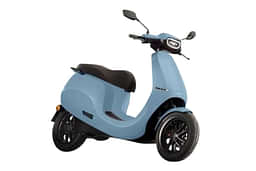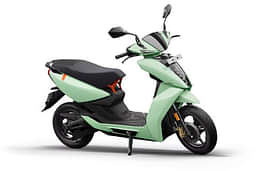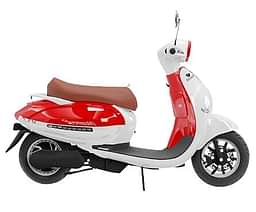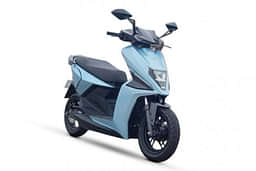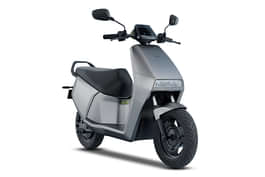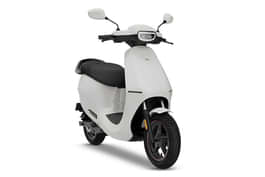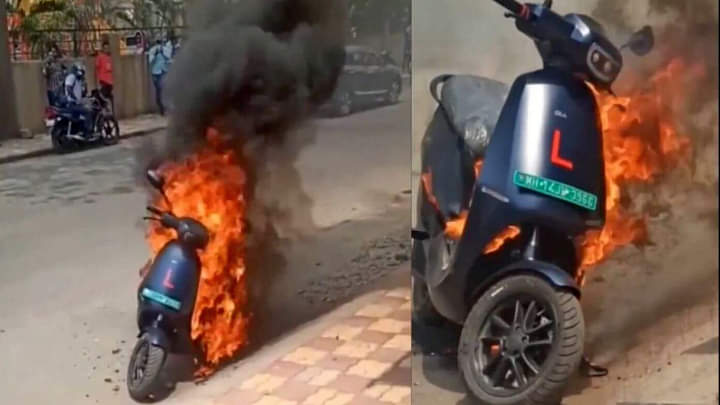
Why are electric scooters like Ola catching fire in broad daylight? We explain to you all the possible reasons and the possible solutions here in our story.
Yes, no doubt that the EV craze has taken ablaze the Indian automotive market. From small scale to large giants such as Yamaha and Hero are now altogether making their individual efforts in this segment of automotive. While we talk about the EVs, the first word that drops in our minds are the two-wheelers. Their ease of buying and accessibility of service providers pan India has made them a hoot in the EV segment overall. But why some of the electric scooters are catching fire? Well, today we discuss the reasons and the solutions to it.
The Possible Reasons...
The recent cases of some e-scooters like the Ola S1 catching fire in broad daylight while being parked have taken aback all the existing as well as future e-scooter owners by shock and remorse. After paying a premium price for a scooter rich with features, a fire at standstill will be last thing someone can think as of a negative in the product.

Talking about the basic construction, every EV is composed of an electric lithium-ion battery pack. This lithium-ion battery pack is a basic chemistry construction of charge travelling between electrodes at both ends, the charge itself gets the battery heated up. With now options such as fast-charging, the heat generation is amplified easily. For this, manufacturers equip their EVs with a battery management system which basically manages the charge flow and the heat management of the battery.
Now, as most of the EV makers are trying to localize their products to the max, the fact that Chinese product use intervention remains consistent is inevitable. For instance, the Li-ion battery cells are mostly made in China and then imported to India before being used in the e-scooters. The problem is not China, it is the lack of quality checks and corrections midst this process. Similar to this, other parts such as the battery management system itself are either imported in pieces from China or developed in India with less R&D.
This brings us to the second possible reason for the cause of the fire. Which is the testing of the battery heat management systems in India. Either the maker imports the system from China or develops in India itself; both the cases shall further be subjected to an intensive heat testing which clearly lacks for some manufacturers. The extensive testing can easily help to sort such situations but going by the EV market growing speed, not every manufacturers seems to be doing the above said.
This brings us to our third possible reason; the design and its testing. The simple science of Li-ion battery says that they get pretty heated up when used extensively or charged frequently especially using the fast charging systems. Design is not just about the aesthetic of the e-scooter but also how the battery and motor heat management will work if once the overall setup gets overheated. How easily the battery will get heated up, how will it remain in optimum operating temperature even after long time of use, and how will the cooling work are some major questions that the design should focus. Clearly, a few of the e-scooters have not been well tested and some product thesis is required to eliminate the above issues.
...and their Solutions
While the reasons like improper manufacturing, poor battery management system, cheap quality products being used, thermal runaway due to battery overheating or battery damage, etc. might be behind the fire catching instances of the e-scooters; there are some solutions to this as well.
After these accidents, manufacturers have officially started working on better heat management systems and improvements in designs. Also, it'll take some time for the energy-resource-oriented companies to make more efficient batteries that possess the tech to remain cool down even at extreme working temperatures.

We need to understand as a customer that EVs are new in the Indian market and some delicacy is what they deserve. Repeated charging, using below 10% charge frequently, and leaving the EV on charge overnight even if it's fully charged are some basic checks that customers shall also focus over. No, this does not justify the catching of fire among the e-scooters recently but it is a point that the existing and potential customers should note down. Although, e-scooters are not used for long-distance travel, even during city commutes, try not to park them in harsh sunlight with soaring temperatures or override them with already heated-up batteries. One more thing to notice is that one should avoid using the e-scooter immediately while it was on charge. During the charge, the battery was already heated up and straightaway riding the EV means more heat generation for the already hot battery.
The EVs are in an initial stage and have just started to crawl like a baby in India especially. The above instances will help improve passenger safety and also passenger awareness regarding EVs in India itself. Till further improvements in the battery charging systems, potential buyers should not be afraid of a few electric scooters catching fire due to manufacturing errors that happen to take place once a million times.
Tell us by commenting down below what do you think about the electric scooters catching fire. Also, make sure to subscribe to the 91Wheels YouTube channel and do become a member of the 91Wheels WhatsApp group for regular automotive updates.
